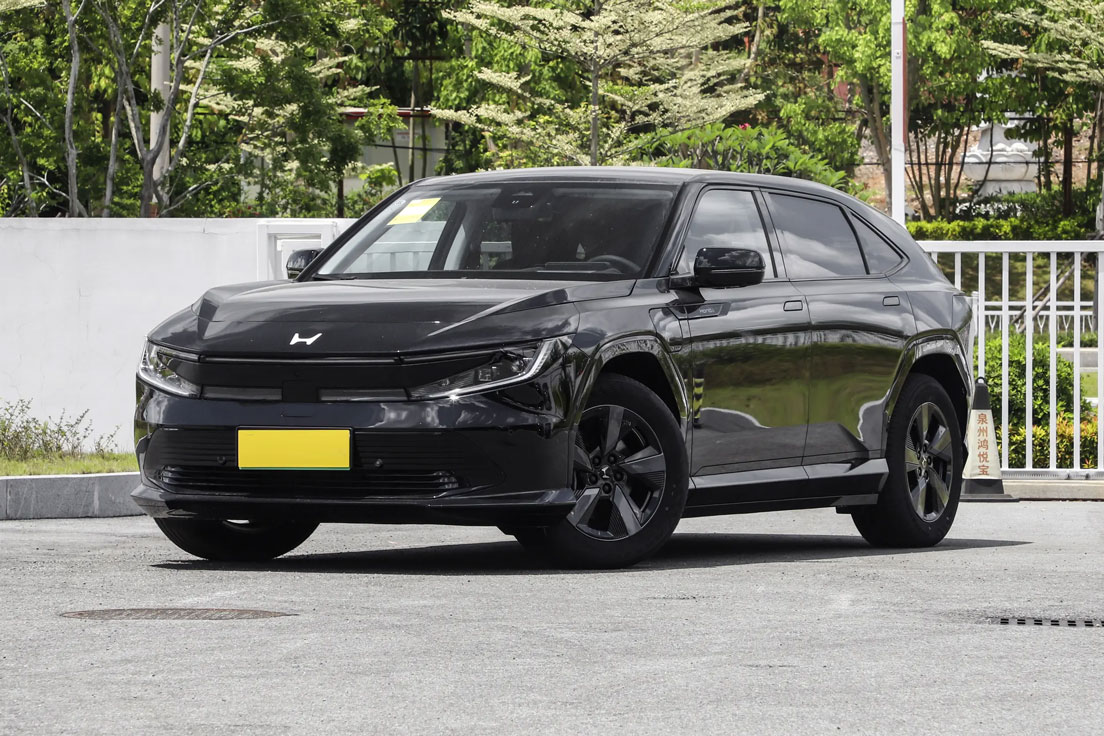Form as Function
Rejecting the amorphous “jellybean” silhouettes dominating EV design, the P7’s “Razor Edge” language carves its identity with origami-like precision. The front fascia features a “Future Light” grille with segmented DRLs converging into Y-shaped clusters, while sculpted bonnet ridges channel airflow like a stealth fighter. Flush-mounted body panels eliminate visual clutter, and 2K clear-coated metallic paint provides unparalleled scratch resistance—a subtle jab at rivals’ fragile finishes. Most striking are the electronic wing mirrors: replacing conventional glass with cameras that automatically dim glare and defog, delivering crisp imagery even in monsoon rains.
Space Engineering Mastery
Measuring 4750/1930/1625mm with a 2930mm wheelbase, the P7 achieves an 85.8% space efficiency ratio—outpacing most rivals in usable volume. Clever packaging yields 471L trunk capacity (expandable to 1485L via folding rear seats), accommodating three golf bags or full camping gear. 21-inch aero wheels and underbody encapsulation slash drag to 0.23Cd without sacrificing ground clearance. The H-shaped full-width taillights pulse sequentially during turns—a functional flourish proving aesthetics needn’t compromise utility.
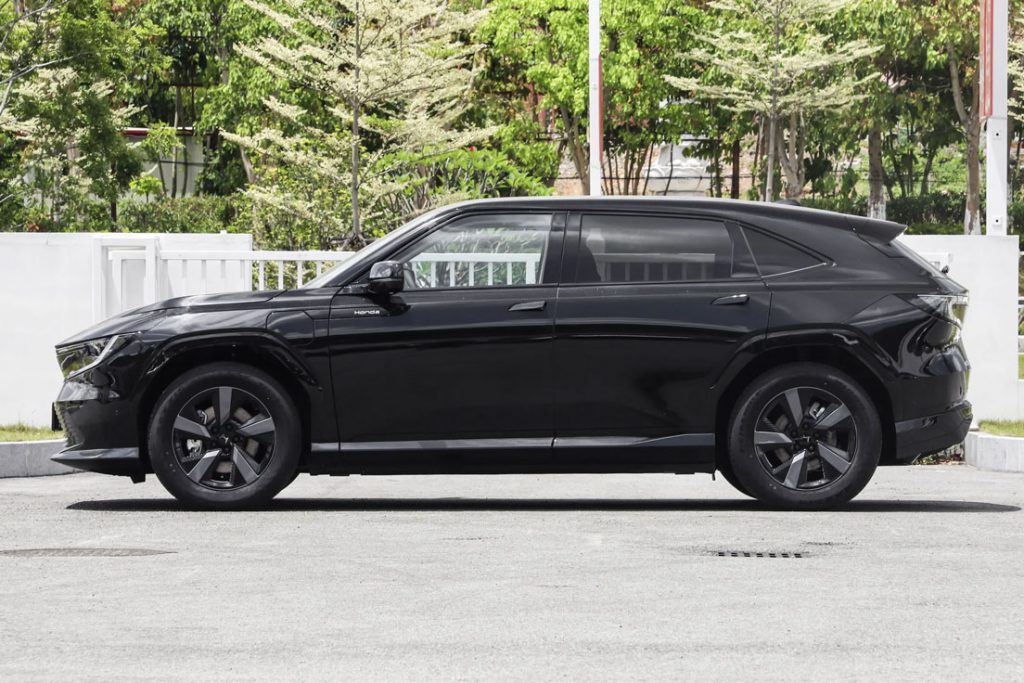
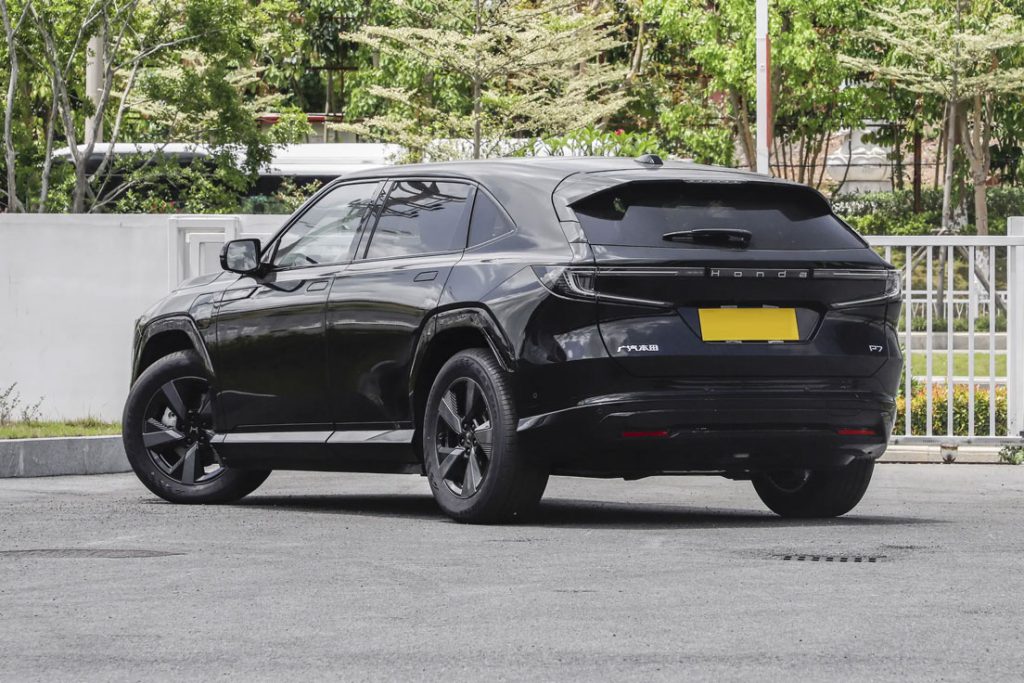
The CATL-sourced 90kWh battery employs intelligent thermal management to combat “range theater.” Unlike lab-optimized figures, real-world tests confirm industry-leading winter consistency: at -30°C, it retains 86.8% capacity, aided by a heat pump system consuming half the energy of conventional PTC heaters . Safety innovations border on military-grade: a 12,000-ton die-cast aluminum casing resists impacts like tank armor; aerospace-grade flame retardants and microchannel cooling prevent thermal runaway; and 1-second crash power cutoff (60x faster than Chinese standards) earned it C-NCAP 5-star safety certification .
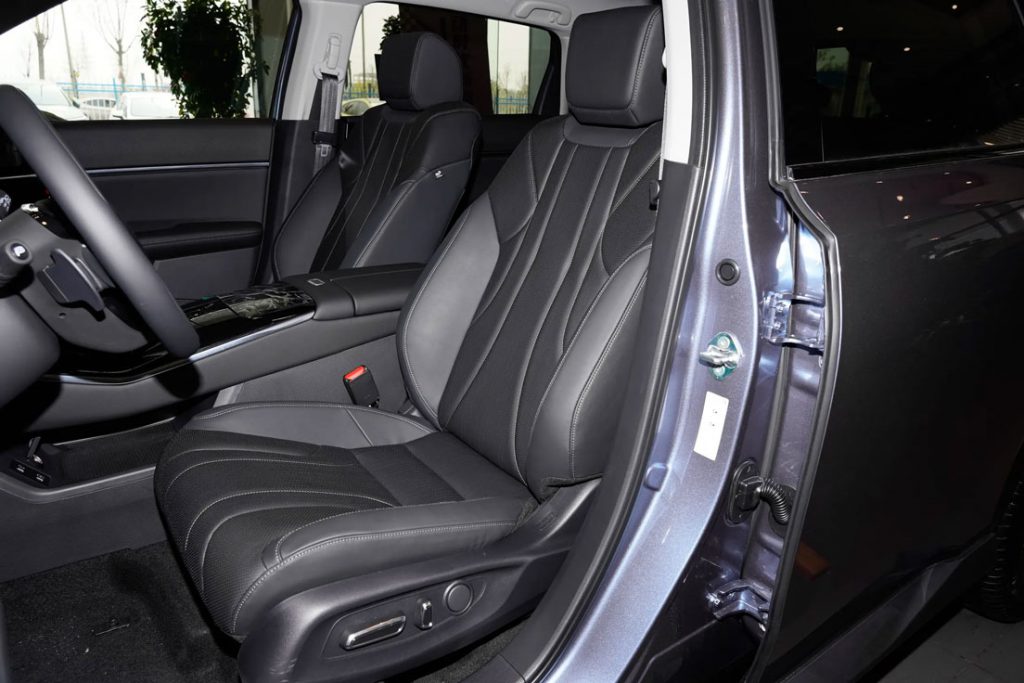
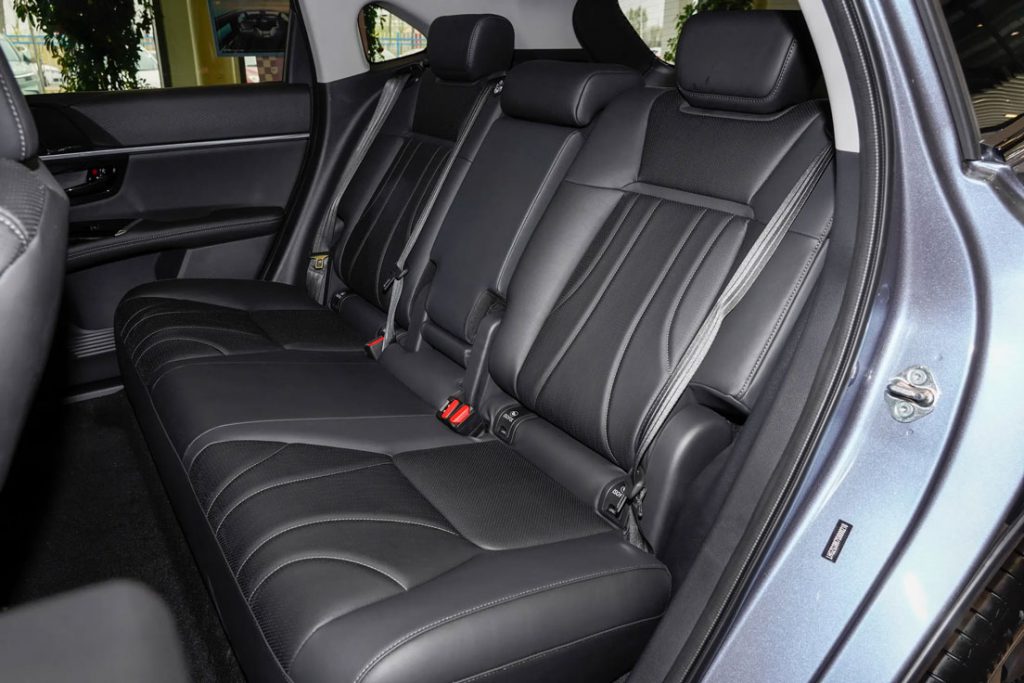
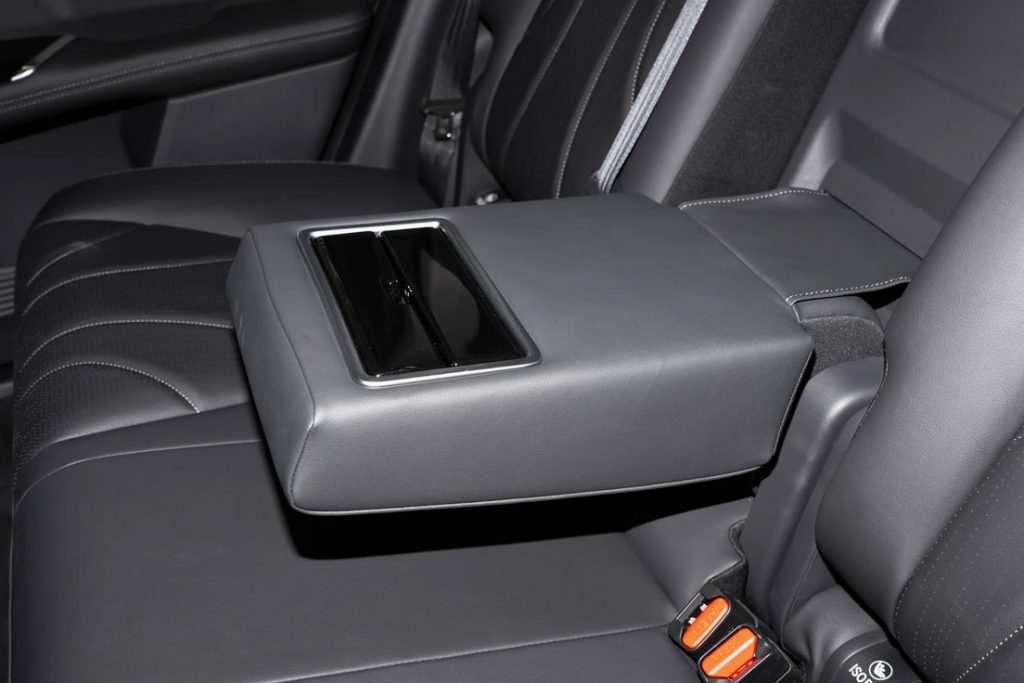
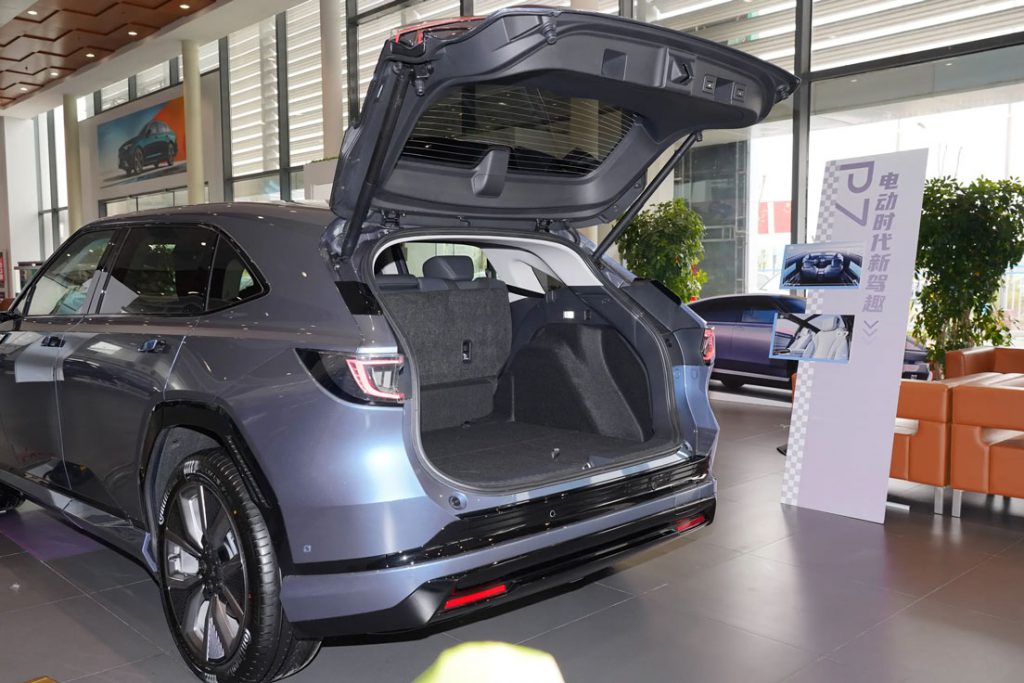
Driving Nirvana Reborn
The dual-motor AWD variant combines front 150kW + rear 200kW motors for 350kW total power and 770N·m torque, launching to 100km/h in 4.6 seconds. Yet raw acceleration is secondary to chassis artistry:
50:50 weight distribution and 40,000 N·m/deg torsional rigidity (doubling luxury ICE cars) create a stable foundation
Front double-wishbone + rear 5-link suspension with ADS adaptive dampers adjust compression 1,000 times per second, taming bumps without numbing feedback
Six-stage regen braking transitions seamlessly from coasting glide to one-pedal precision, eliminating “EV vertigo”
Test drivers note: “The suspension absorbs impacts like a sponge, yet communicates road texture like a sports sedan—a magic trick only Honda could pull off”.
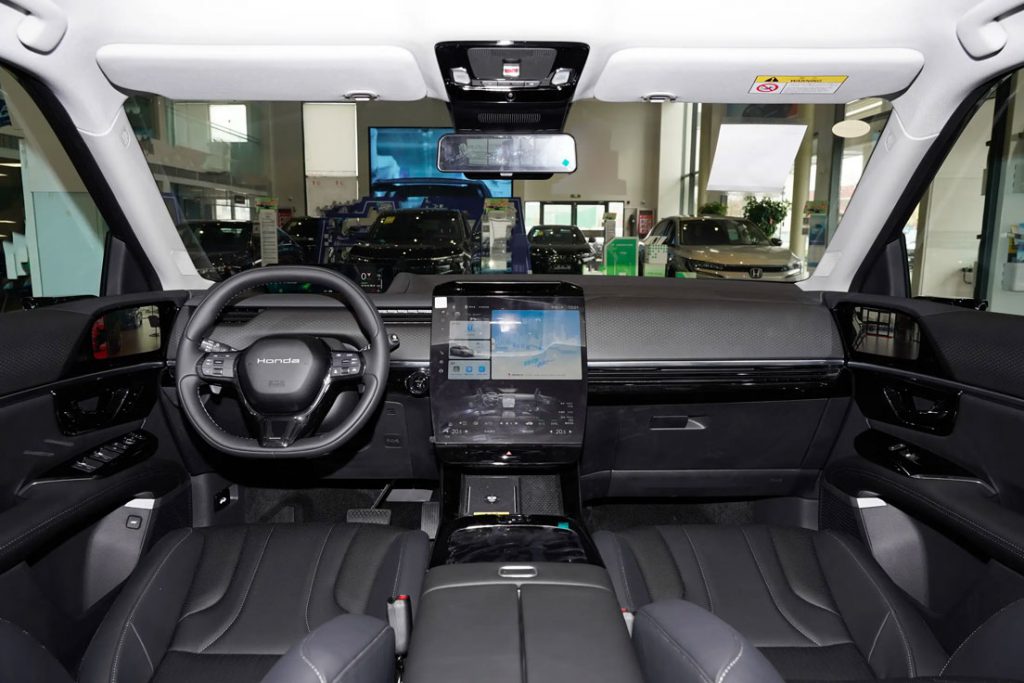
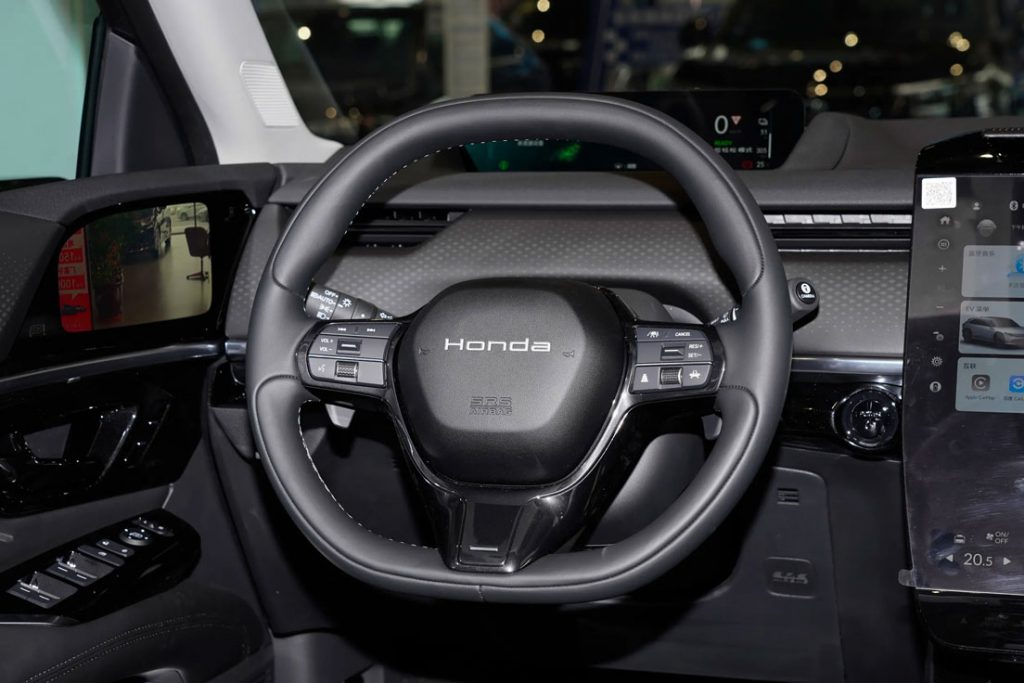
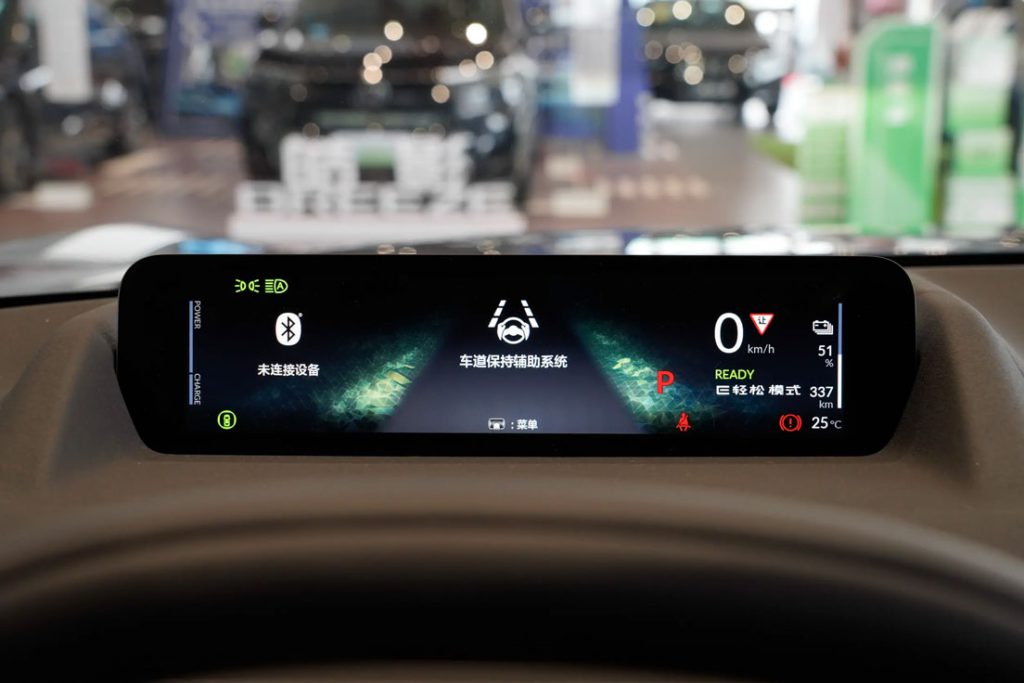
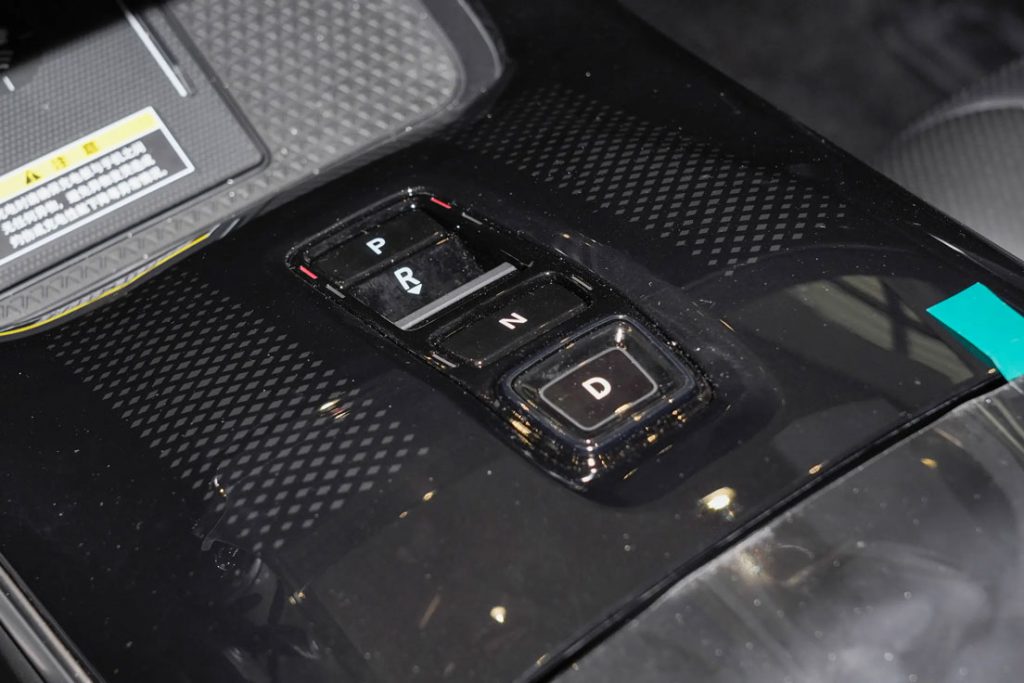
Sanctuary, Not Screen Farm
Inside the P7’s quiet sanctuary (thanks to acoustic glass throughout), the human-centric design shines48. Seats incorporate 53.5cm ultra-wide cushions angled at 15 degrees to reduce thigh pressure, with slow-rebound memory foam rated for 8-hour fatigue-free drives. Tech interfaces prioritize intuitiveness: the 12.8-inch infotainment + 10.25-inch climate touchscreen run Honda CONNECT 4.0 with AI voice recognition fluent in regional dialects (Cantonese, Sichuanese etc.). Thoughtful touches elevate daily use:
16-speaker BOSE system with four headrest speakers maintains audio clarity at 120km/h
1.85㎡ electrochromic roof blocks 99% UV radiation via silver-coated glass
Smart Heat system warms cabin to 20°C within 5 minutes at -20°C
Safety as a Sixth Sense
Honda SENSING 360+ deploys 5 cameras, 5 mmWave radars, and 12 ultrasonic sensors for omniscient monitoring46. Its genius lies in compensating for human fragility:
Driver Attention Guardian: Combines steering grip sensors with facial scanning to trigger emergency stops after 1.5 seconds of distraction
Virtual Alert Field: Warns of opening-door collisions through directional headrest audio (avoiding cabin-wide panic)
Life Reminder System: Detects children/pets left in rear seats, sending instant app alerts
Passive safety is equally robust: 68% high-strength steel body frame, 13 airbags (including driver’s knee unit), and 400L total airbag deployment volume cocoon occupants in a “cotton fortress”.
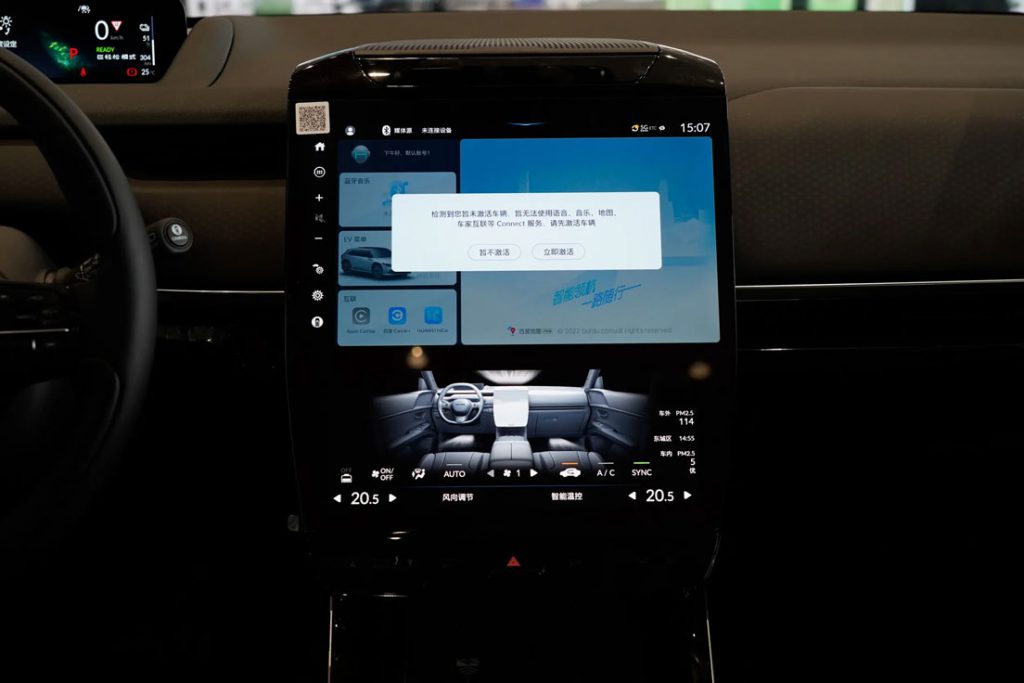
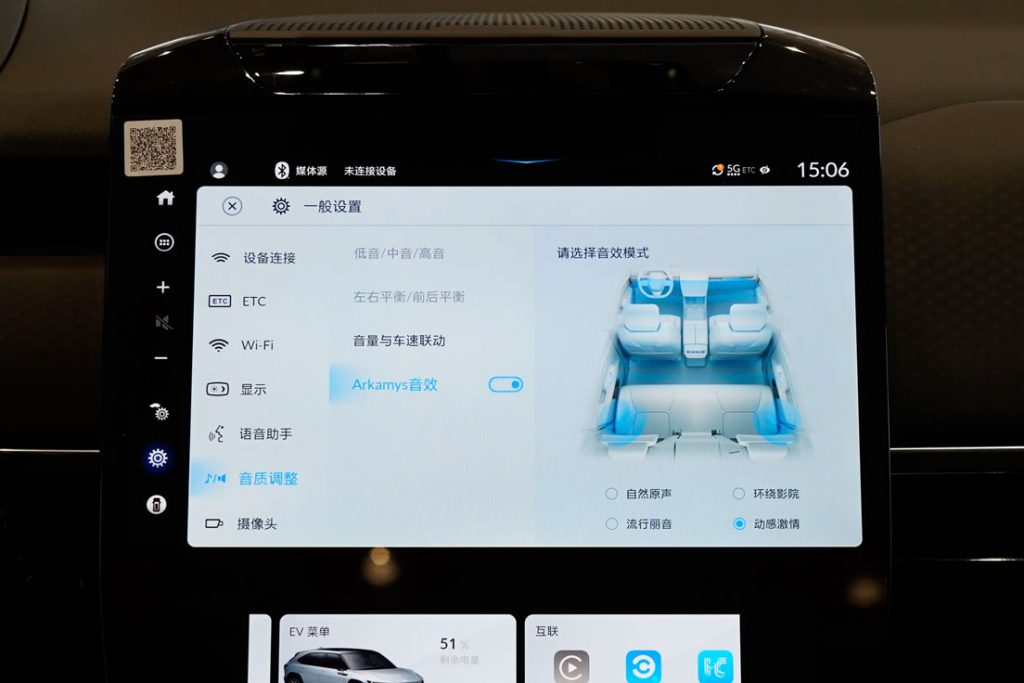

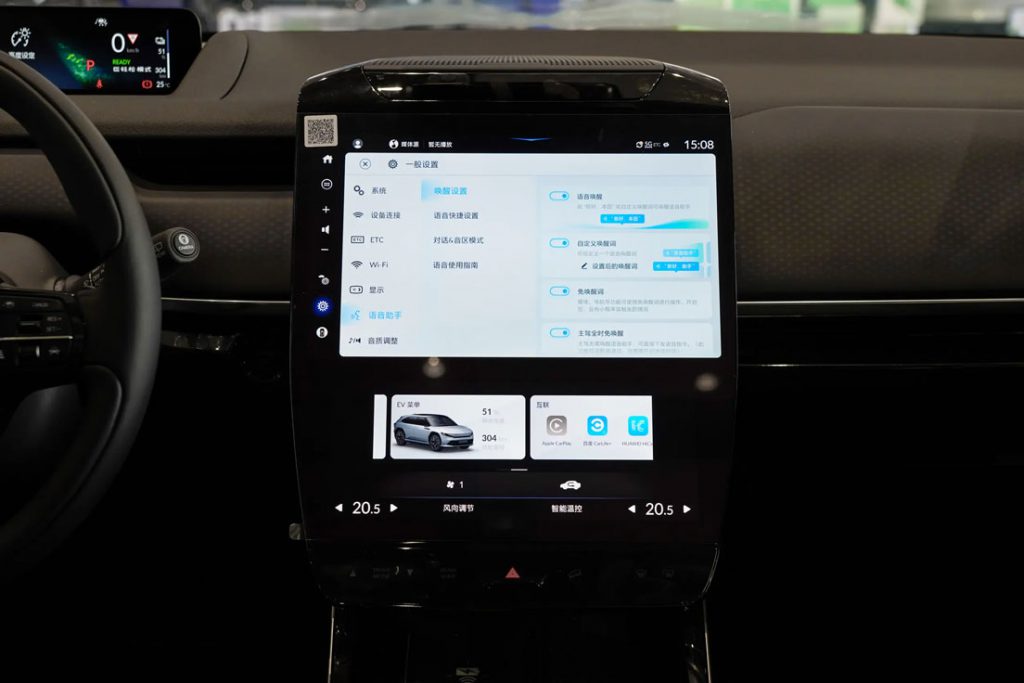
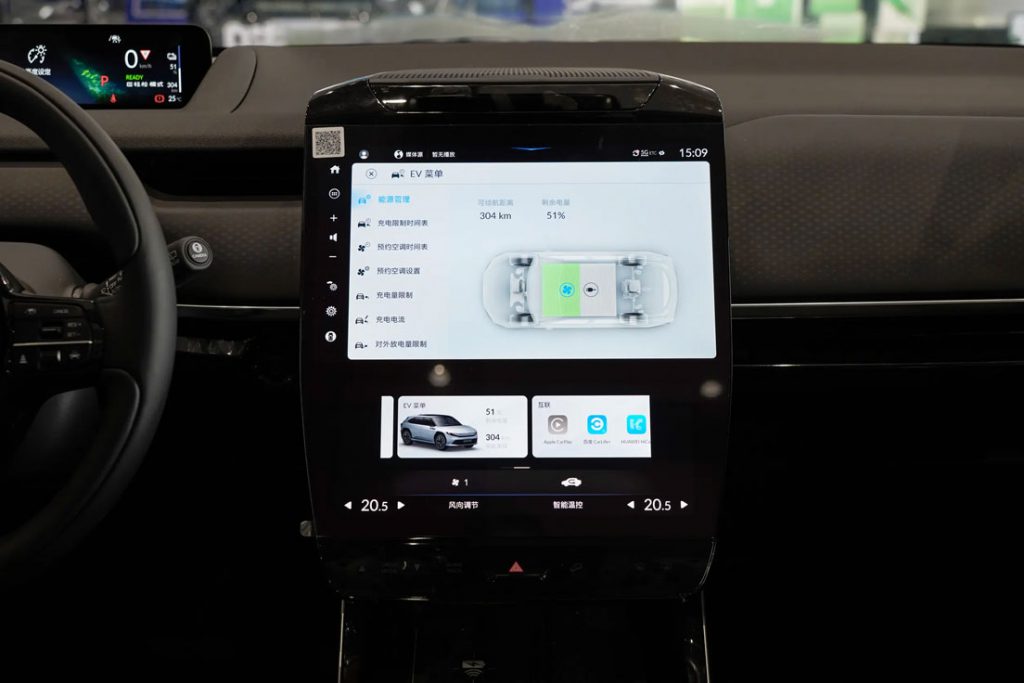
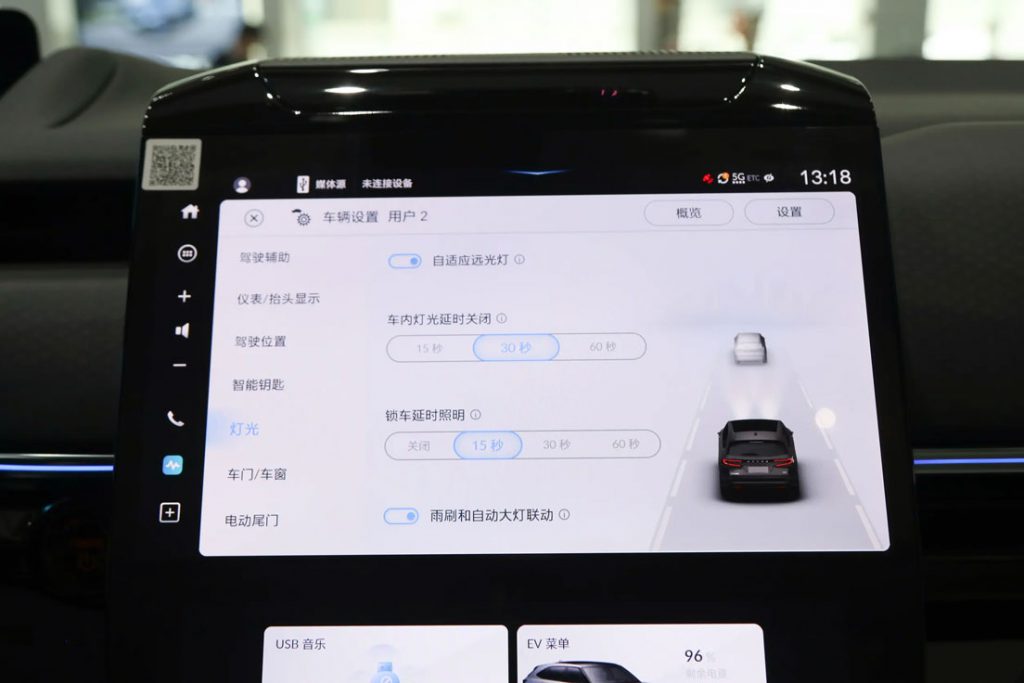
The Family Peacemaker
For young families, P7 solves road-trip nightmares: “zero motion sickness” tuning prevents child meltdowns; infant-grade stain-resistant seats laugh off juice spills; and 1485L cargo space swallows strollers plus camping kits.
The Driving Enthusiast’s Sanctuary
Performance purists find unexpected kinship here. The rear-biased balance and tactile steering feedback evoke Honda’s golden era, while 4.6-second acceleration delivers modern thrust. “It handles like a BMW 3 Series on silent mode,” remarked a convert.
The Pragmatist’s Ally
Anti-beta-testers appreciate P7’s “oven-ready” reliability—proven over 1.5 million km of torture tests, unlike rivals’ “fix it later” software. Adjustable regen and linear power delivery ease ICE drivers’ transition, proving electrification needn’t alienate.
Verdict: The Uncompromising Electric Heartbeat
The GAC Honda P7 isn’t chasing trends—it rewrites rules through engineering integrity. Its 12,000-ton battery armor replaces influencer fridges; 40,000 N·m/deg rigidity outmuscles flashy screens; and 1.5 million test kilometers speak louder than marketing hype. In an industry obsessed with disruption, P7 delivers a timely reminder: true innovation lies not in novelty, but in perfecting the essential. With pricing from ¥139,900, it doesn’t just compete—it elevates expectations for what electric driving should be.
No dealer quotes available at the moment
